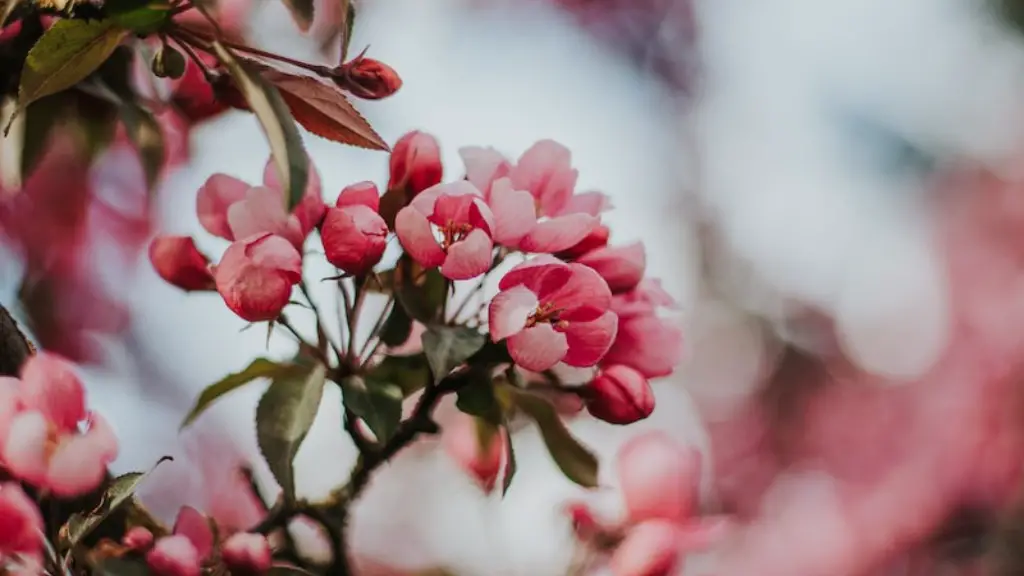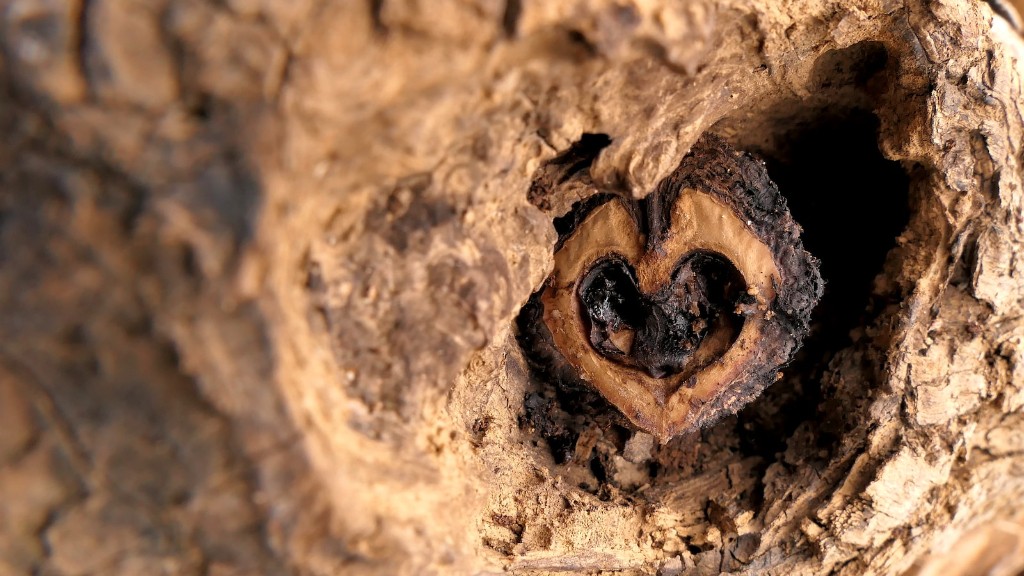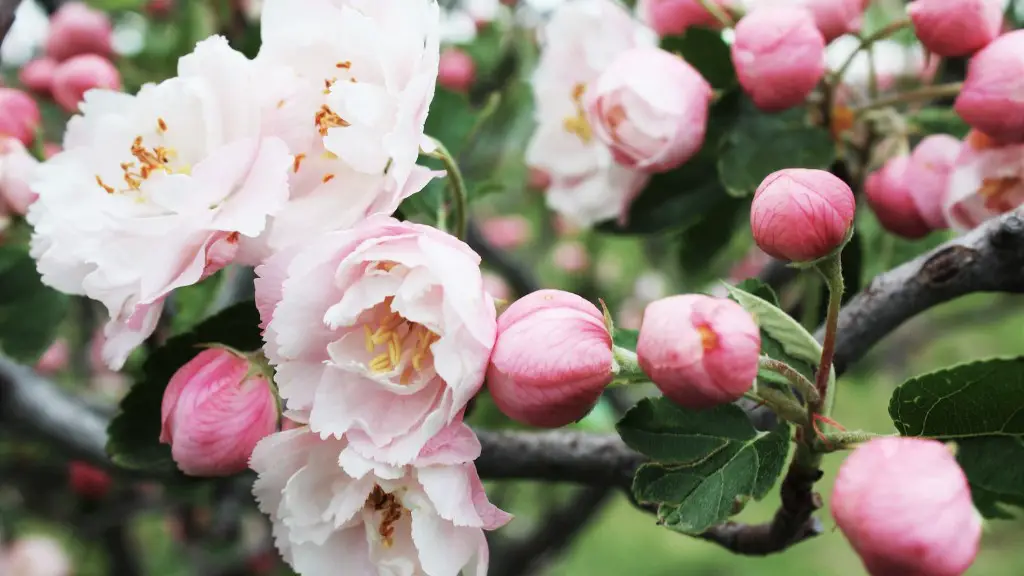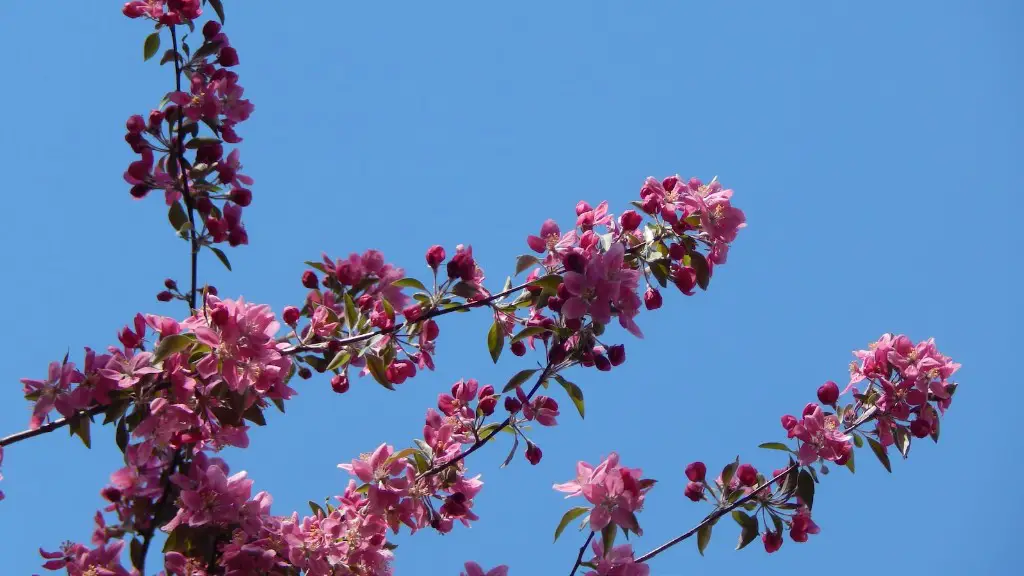Growing cherry blossom trees is a beautiful way to bring color and life to your garden. These stunning trees are easy to grow and their stunning blossom during the spring months is sure to bring a smile to your face. However, if you are looking to add even more variety and beauty to your garden, you may want to consider grafting a cherry blossom tree. Grafting is a method of combining two plants together, allowing the two to develop into one single plant with the characteristics of both.
Before grafting a cherry blossom tree, it is essential to have the right tools and supplies. The supplies and tools necessary include cutting implements such as a knife or grafting tool, a bonding agent to bond the scion and rootstock together such as wax or clay, and rooting hormone to help promote growth of the scion’s roots. Once all these supplies and tools are collected, grafting can begin.
The first step to grafting a cherry blossom tree is to choose the rootstock. The rootstock should be healthy and of similar size and vigor as compared to the scion. Make sure to choose a rootstock of a different species as the same species can carry diseases or weaken the tree’s overall vigor. After selecting a suitable rootstock, the next step is to select a scion. The scion should be healthy with no disease, and should be a variety of the cherry blossom tree that will produce the desired results.
Once the scion and rootstock have been chosen, it is time for the actual grafting process. The most common way to graft a cherry blossom tree is a tongue graft, which requires cutting a tongue shape from the scion, and a matching tongue shape in the rootstock. Apply the bonding agent on the edges of the tongue shapes, and then place them together so that the cambium layers of the scion and rootstock are touching. It is important to ensure that the edges of the graft are secure and tight. Finally, bind the graft together with tape, and then apply rooting hormone to the graft.
After the grafting process is complete, the tree should be watered lightly and left in a warm place with bright, indirect sunlight. The Cherry blossom tree should not be left in direct sunlight too long as this can cause the newly grafted tree to dry out too quickly. As the new cherry blossom tree grows, it is important to monitor the growth and make sure the tree is healthy and free of any diseases. If any diseases are spotted, it is important to take action quickly to ensure the tree stays healthy.
Watering and Care
Watering is a key part of taking care of your cherry blossom tree. While young trees need water more frequently, mature trees should be watered based on the amount of precipitation in the environment. During periods of drought, the tree may require additional water, and developing trees should not be left too long without water as this could stunt its growth. When watering the tree, take care to avoid wetting the foliage, as this can cause fungal infections.
In addition to watering, fertilizer is also important for keeping your cherry blossom tree healthy. Fertilizers should be added after the trees flower, usually two or three times a year. Trees should also be pruned occasionally to maintain their structure.
Mulching around the base of the cherry blossom tree provides numerous benefits. Mulch can help retain moisture in the soil, and also provide nutrients for the tree. It is important to use a mulch that is organic and free of chemical residue that can be harmful for the tree.
Pest and Disease Prevention
It is also important to be aware of common pests and diseases that can affect cherry blossom trees. Insect pests such as aphids and scale insects can be treated with horticultural oil or insecticidal soap. Fungal diseases can be prevented by keeping the foliage dry. Additionally, it is important to inspect the tree regularly for signs of disease, and take action quickly if any signs are spotted.
Caring for your cherry blossom tree can be enjoyable and rewarding. Proper pruning, fertilization, and pest/disease prevention all play an important role in maintaining the tree’s health and beauty. Regularly inspecting your tree, and taking preventive measures, will help ensure your tree remains strong and healthy for years to come.
Significance and Meaning
In addition to the physical beauty of cherry blossom trees, they also have a great deal of cultural and symbolic significance. In many cultures, cherry blossom trees are seen as symbols of renewal, hope and beauty. In Japan, it is considered bad luck to pick and cut cherry blossoms, and instead admiring them as a symbol of beauty and life.
For many people, admiring the cherry blossom tree is an activity steeped in tradition. Each spring, many people take part in hanami, which is the traditional practice of admiring the beauty of the cherry blossom tree. During hanami, people often enjoy picnics, parties and celebrations underneath the blooming trees.
In many parts of the world, cherry blossom trees are also used as ornamental trees due to their beauty. In these cases, they are usually grafted with a specific variety of cherry tree in order to create the desired flower, shape and size. Grafting cherry blossom trees is a great way to create a stunning impact in any garden.
Conclusion
Grafting cherry blossom trees is a great way to add new beauty to your garden. It requires a bit of knowledge, but with the right supplies and tools, grafting can be a rewarding and satisfying experience. Taking proper care of your cherry blossom tree can ensure that it remains healthy and produces beautiful flowers every spring.



